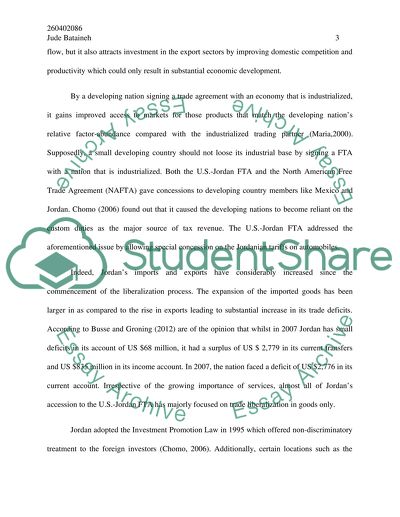Cite this document
(“Jordan-USA free trade agreement Essay Example | Topics and Well Written Essays - 2500 words”, n.d.)
Retrieved from https://studentshare.org/macro-microeconomics/1404231-economic-development
Retrieved from https://studentshare.org/macro-microeconomics/1404231-economic-development
(Jordan-USA Free Trade Agreement Essay Example | Topics and Well Written Essays - 2500 Words)
https://studentshare.org/macro-microeconomics/1404231-economic-development.
https://studentshare.org/macro-microeconomics/1404231-economic-development.
“Jordan-USA Free Trade Agreement Essay Example | Topics and Well Written Essays - 2500 Words”, n.d. https://studentshare.org/macro-microeconomics/1404231-economic-development.


